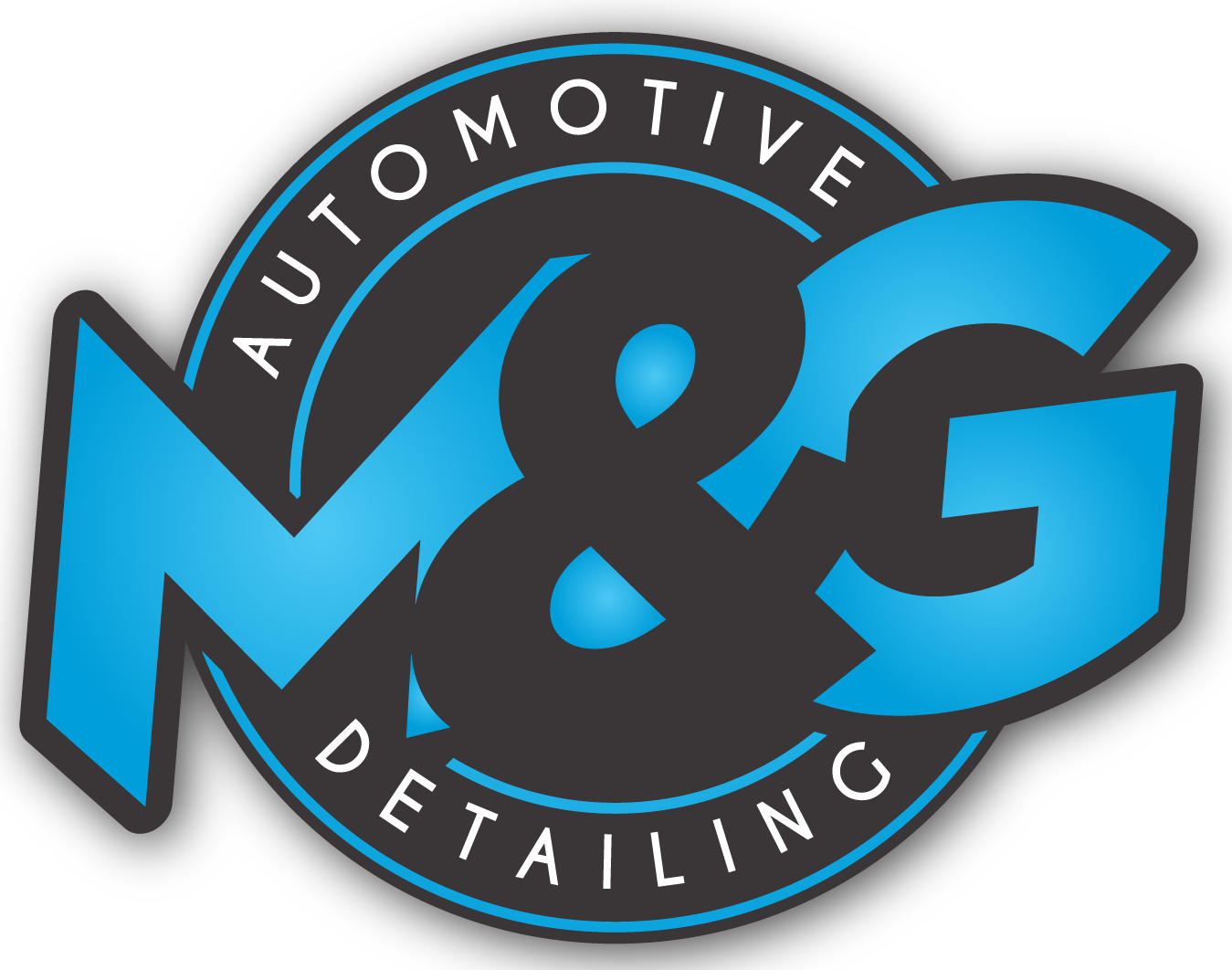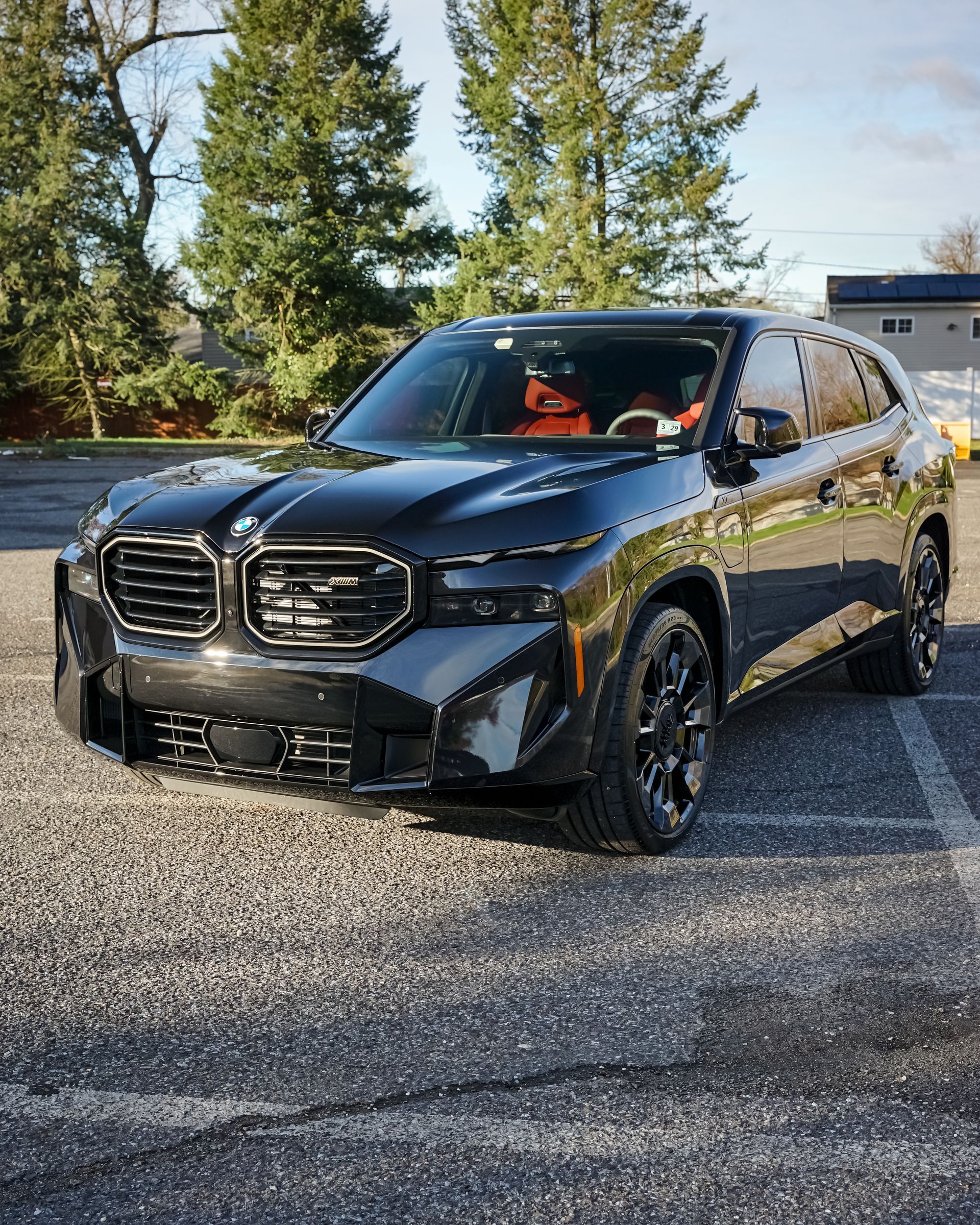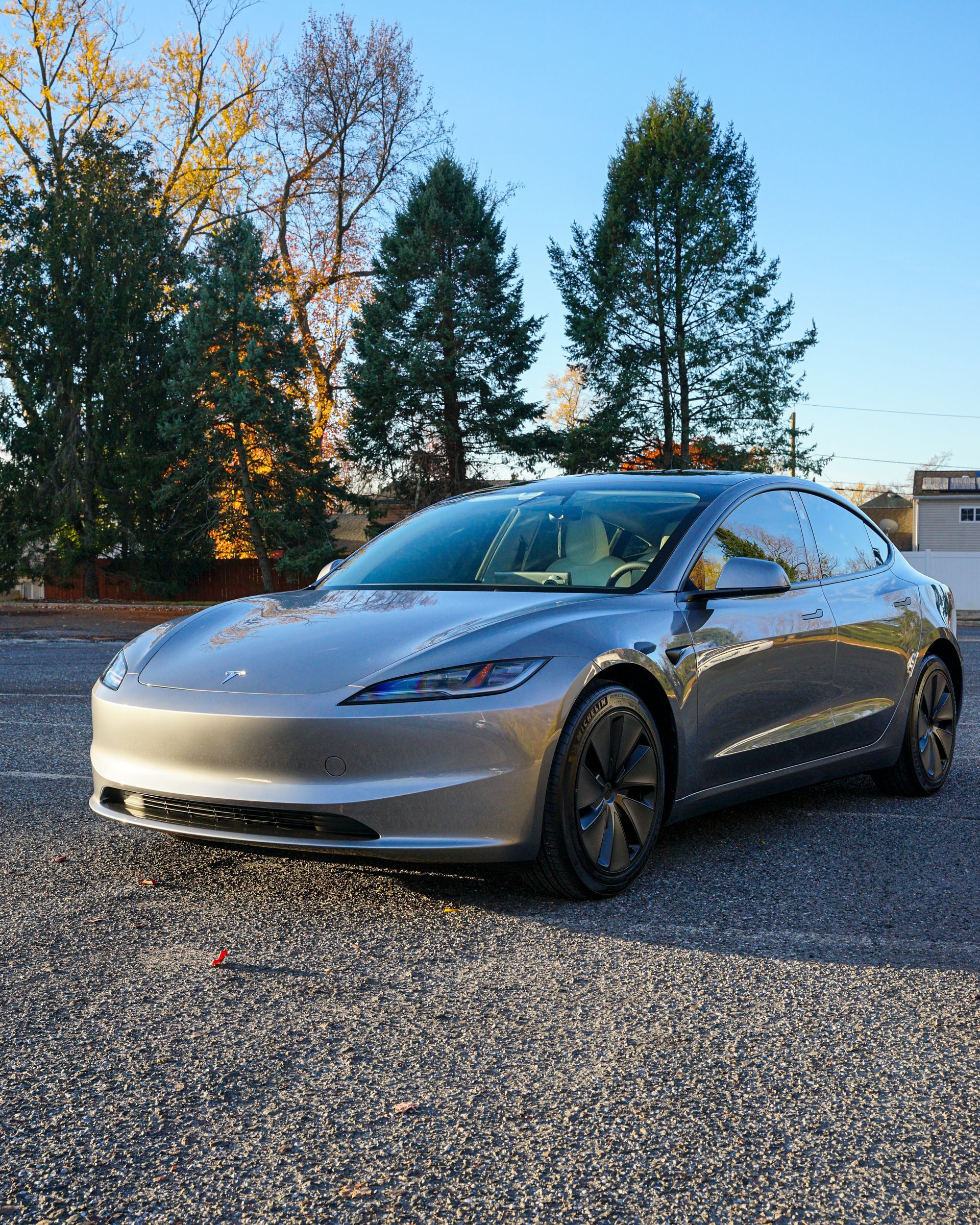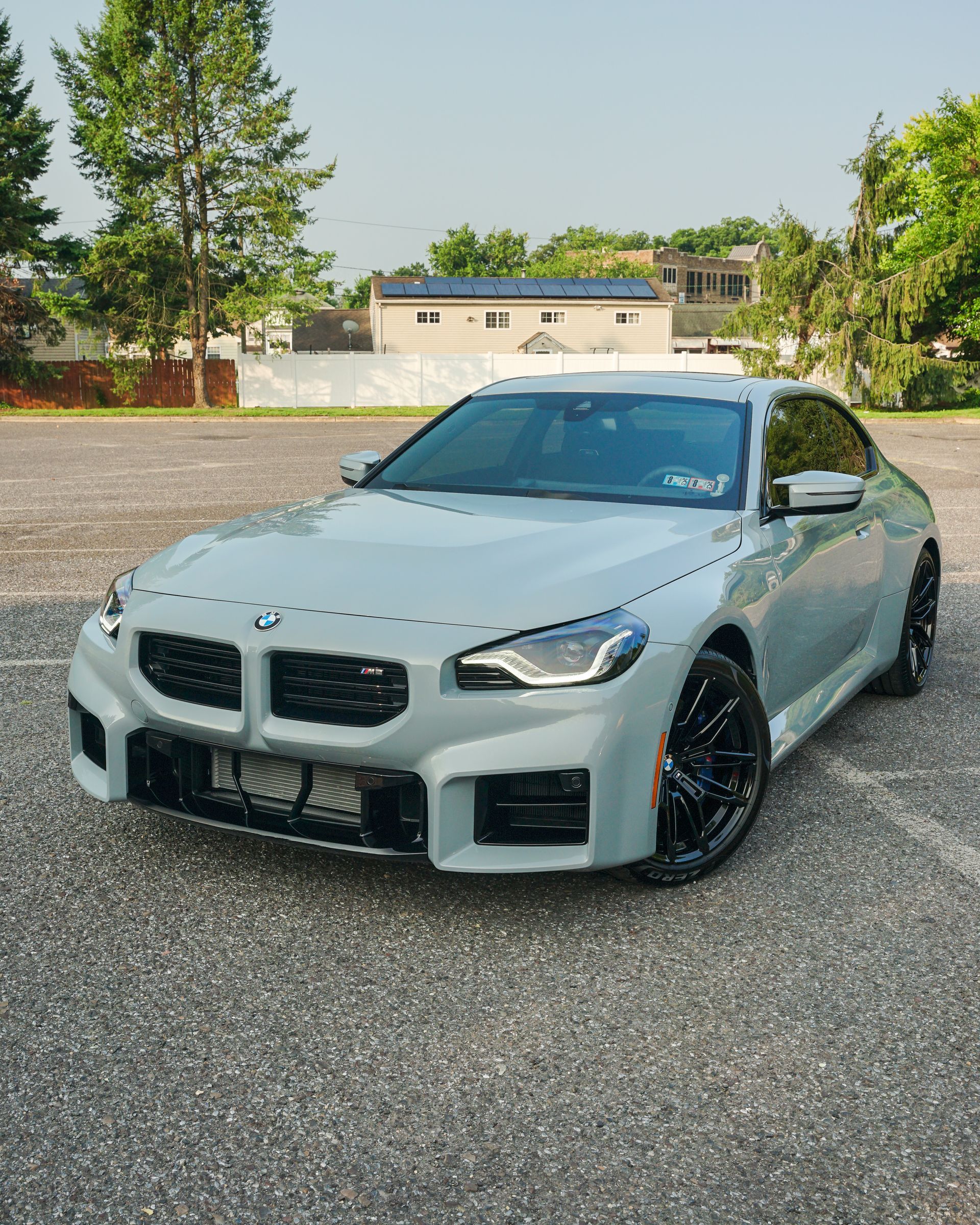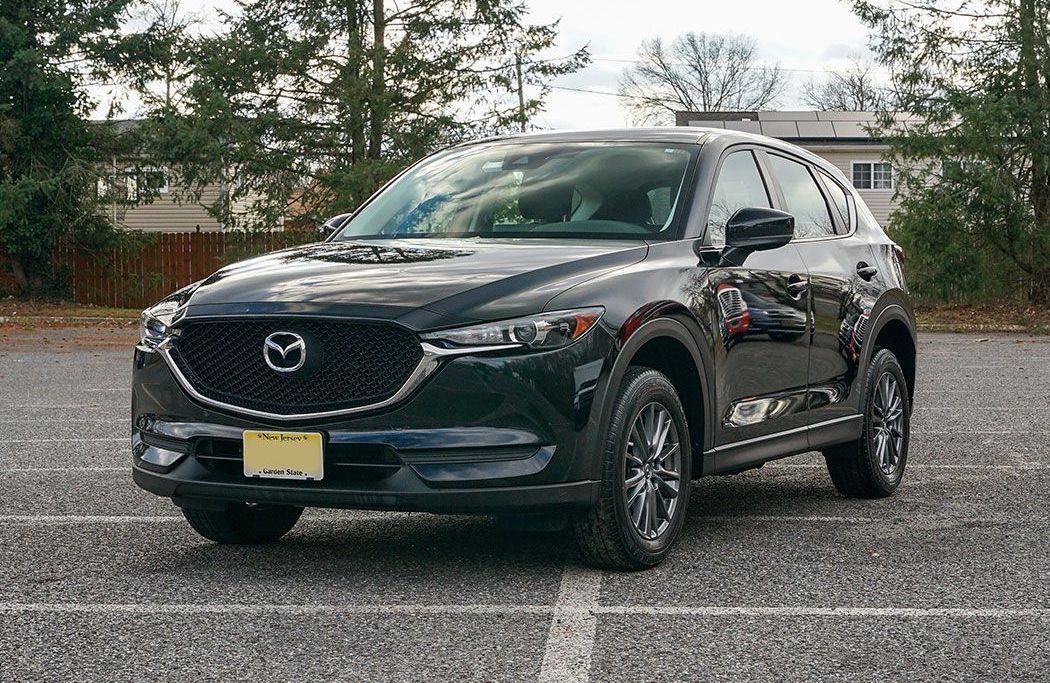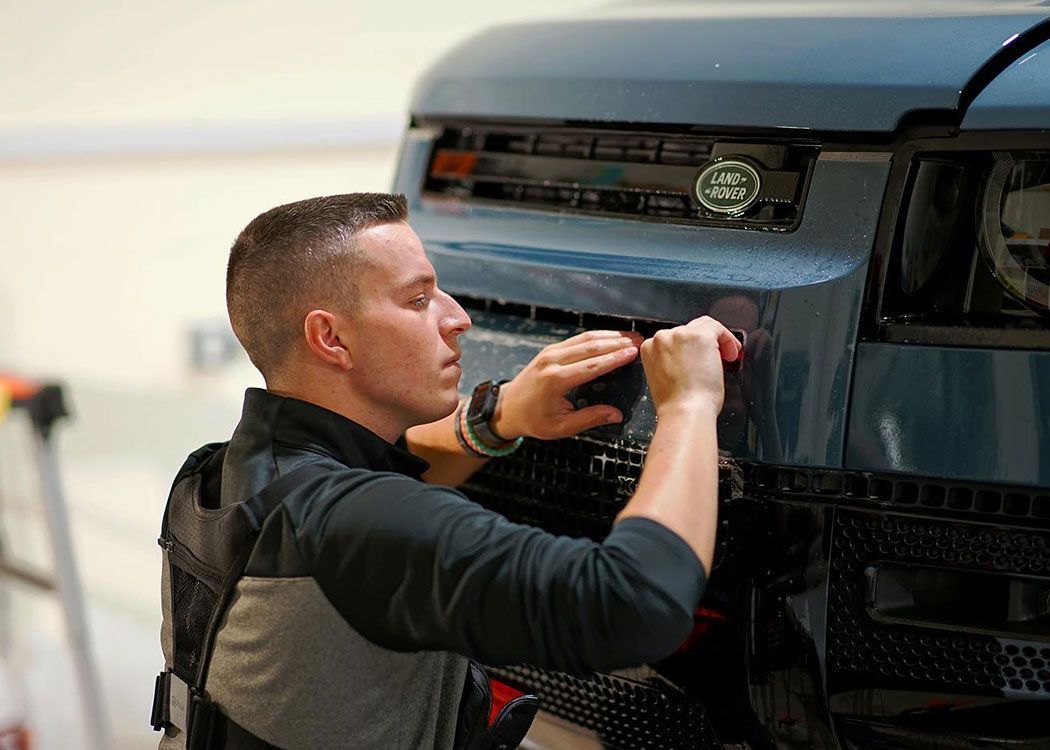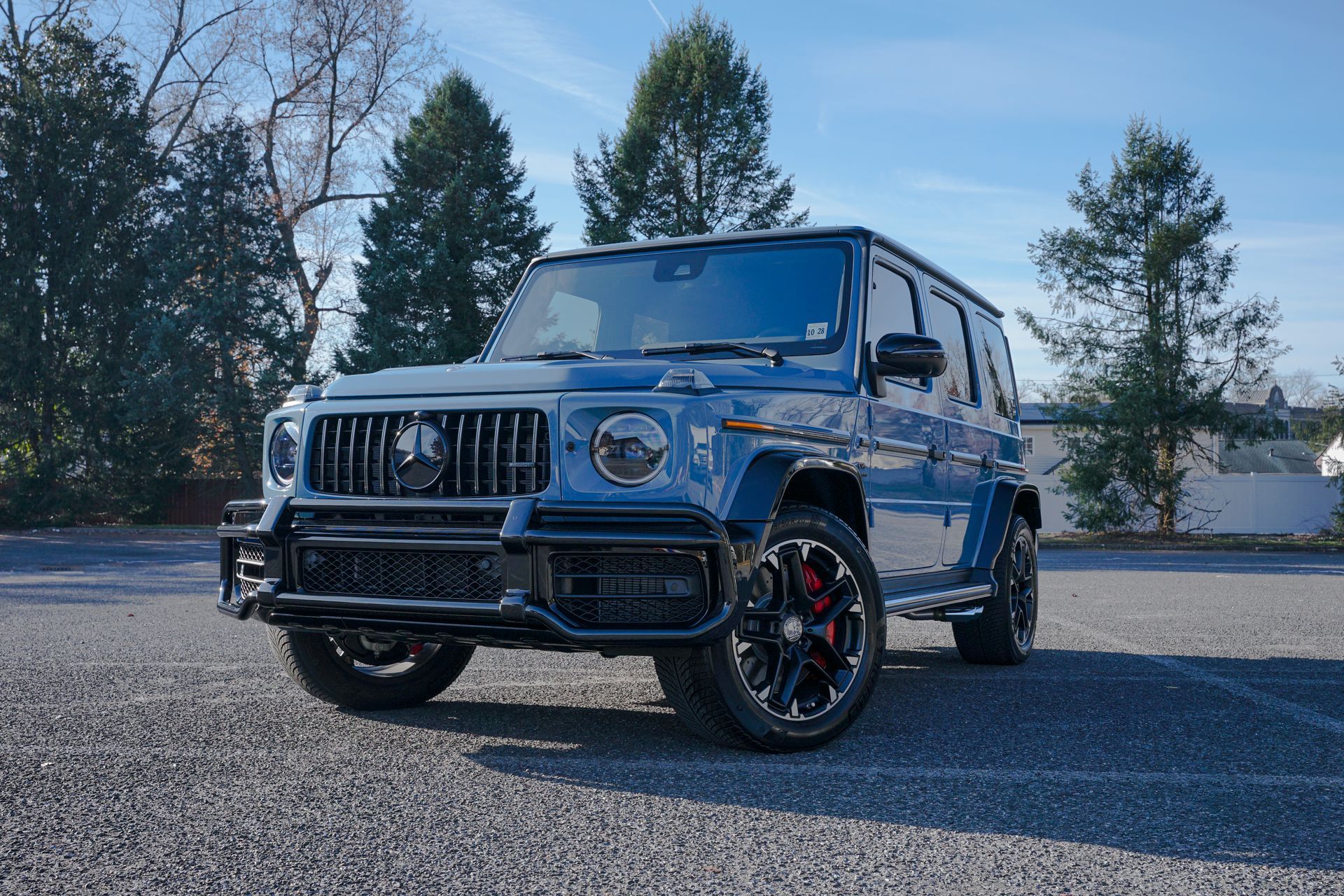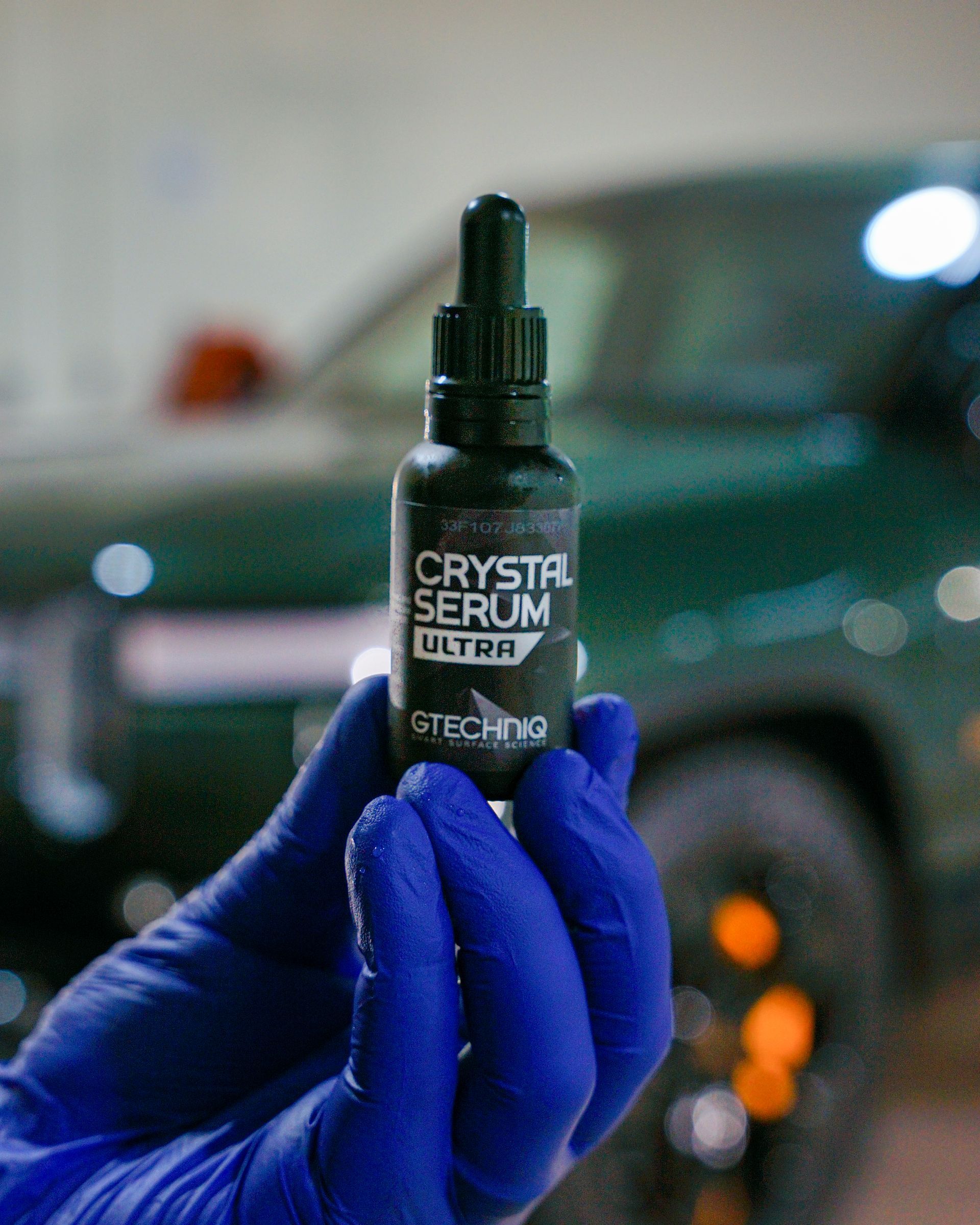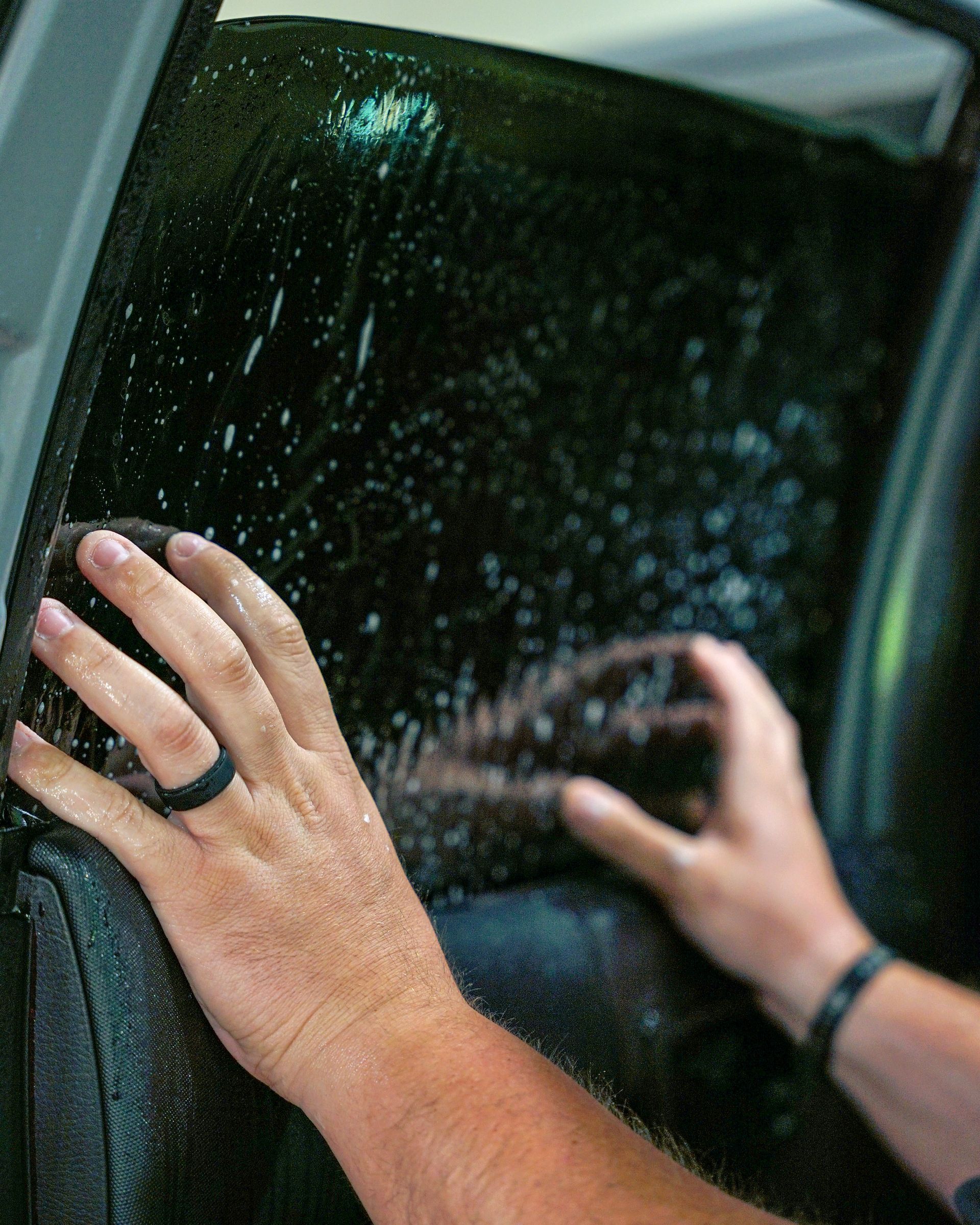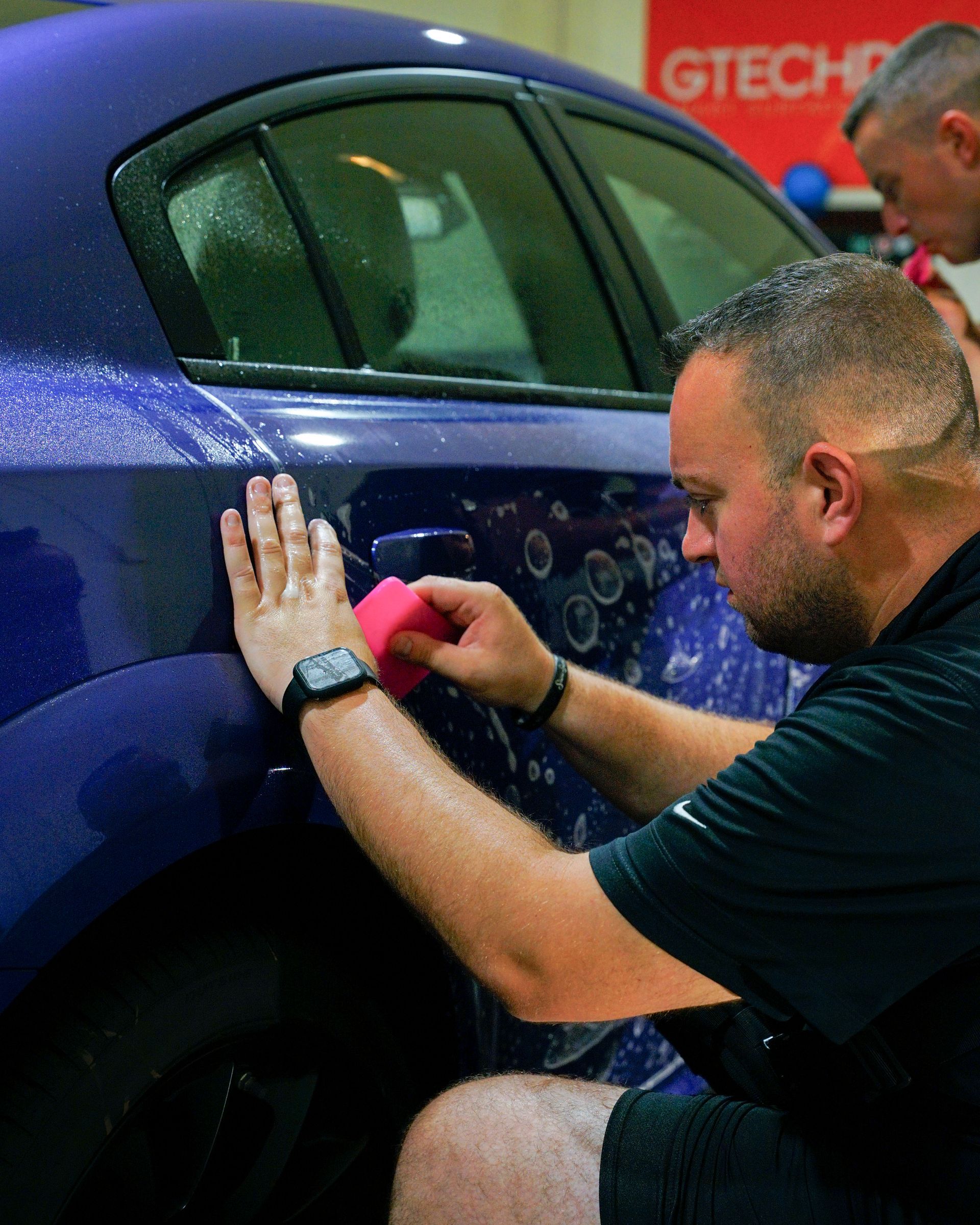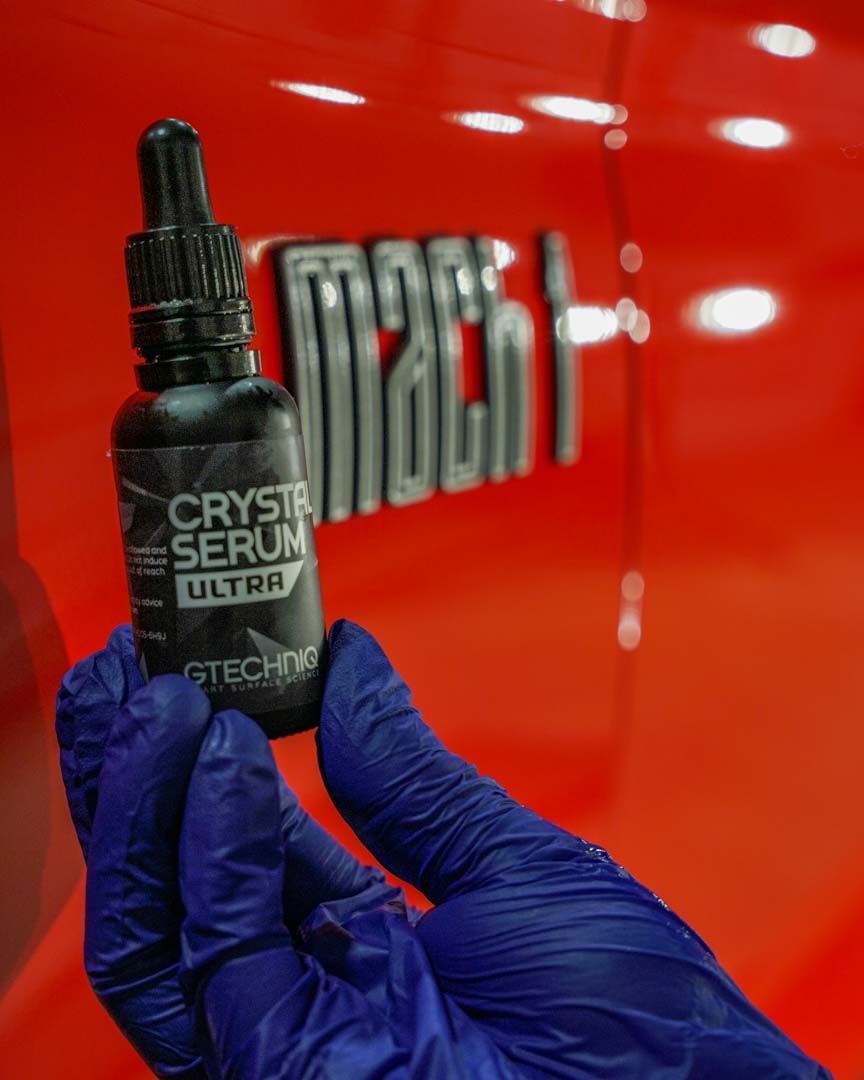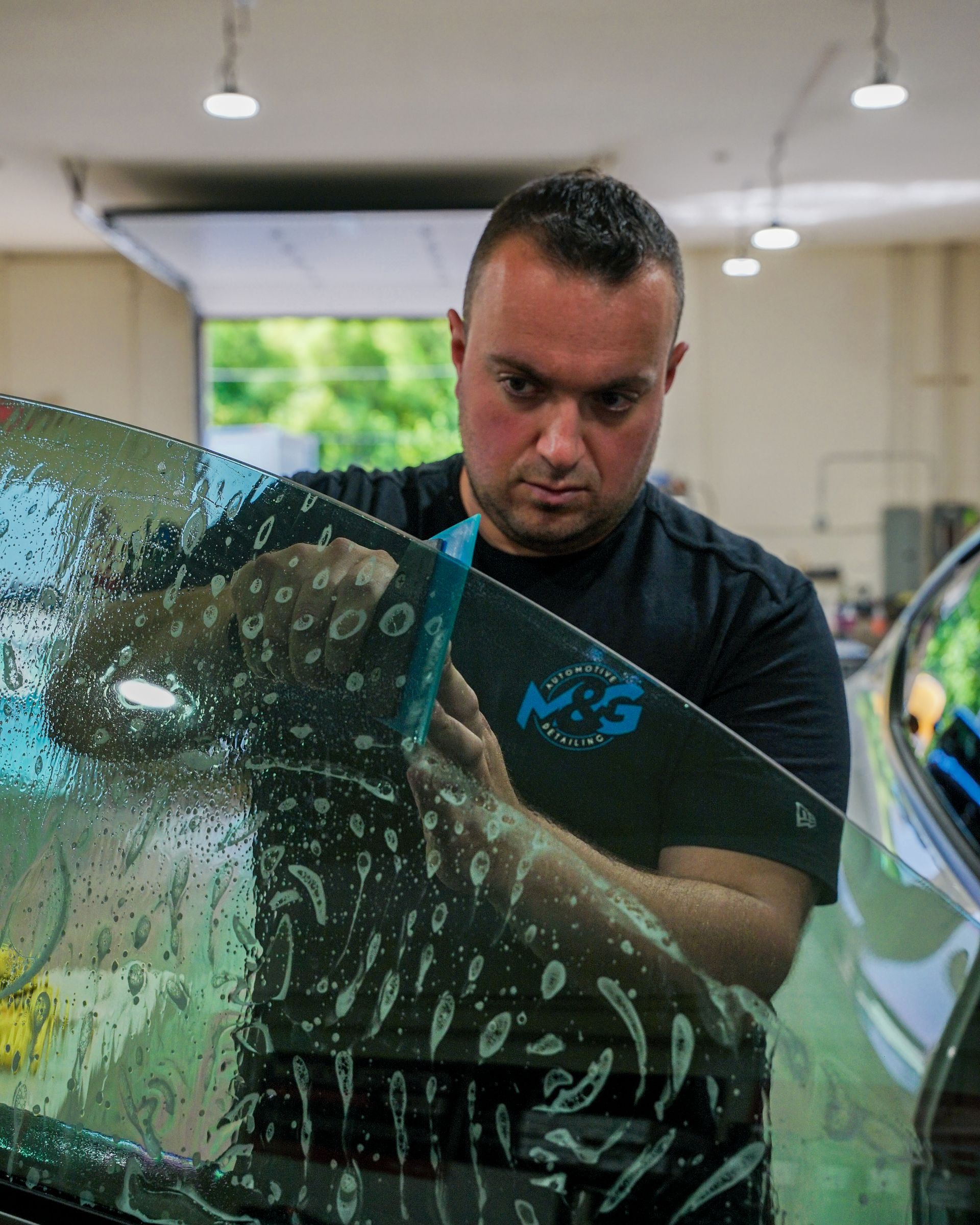Ceramic Coating: What Makes It Hydrophobic and Water-Repellent?
When it comes to keeping your vehicle looking its best, ceramic coating has become increasingly popular among car owners. This advanced protective technology creates a shield that not only protects your car's paint but also causes water to bead and roll off effortlessly. Ceramic coatings are designed to create a tough barrier against the elements, and understanding how they work can help you make informed choices for maintaining your vehicle. Whether you're considering an upgrade or simply want to learn more about this technology, this comprehensive guide will explain what makes ceramic coatings so effective. A ceramic coating is hydrophobic due to its unique molecular structure, primarily consisting of silicon dioxide (SiO₂) and titanium dioxide (TiO₂), which creates an ultra-smooth surface that repels water. This hydrophobic quality prevents water from adhering to the surface, allowing it to bead up and roll off easily, helping to keep your vehicle cleaner and protected from environmental contaminants.
How Ceramic Coatings Repel Water
The backbone of ceramic coatings lies in their unique blend of silicon dioxide and titanium dioxide. When these elements combine, they create a bond that forms a densely packed crystalline structure. This dense network gives ceramic coatings their impressive hydrophobic properties, with particles working together to create a protective shield over your vehicle's surface. Hydrophobicity means that the material resists water adhesion, allowing it to stand out from other coatings that may leave your car with unsightly water spots after rain. On a microscopic level, the coating transforms the surface into an incredibly smooth finish. When water meets the ceramic layer, it cannot find tiny crevices or rough patches to cling onto. As a result, water molecules bead up and roll off instead of forming puddles that can cause damage over time. The effectiveness of this water repulsion can be measured through contact angle testing. Well-applied ceramic coatings typically achieve contact angles greater than 110 degrees, meaning water droplets appear almost spherical on the surface before rolling away. The secret behind this impressive hydrophobic behavior lies within nanotechnology. By manipulating matter at an atomic level, manufacturers create surfaces with significantly lower surface energy than water itself. This difference allows for enhanced water beading and easy runoff, keeping your vehicle cleaner for extended periods.
Application Process for Ceramic Coating
Applying a ceramic coating requires attention to detail and patience. The process begins with thorough surface preparation, which involves cleaning the vehicle's surface using a pH-balanced car shampoo. The goal is to eliminate all dirt, grime, and any existing waxes or sealants that may create barriers between the coating and your paintwork.
- Surface Preparation: Proper preparation involves washing your vehicle multiple times until you achieve optimal results. Using gentle cleaning methods with soft materials and mild detergents helps preserve the paint's integrity. After cleaning, allow the surface to dry completely to prevent moisture from becoming trapped beneath the coating.
- Decontamination: The decontamination process removes embedded contaminants such as tree sap and industrial fallout from the paint surface. Using specialized clay bars during this phase safely eliminates these particles, which could otherwise disrupt the adhesive qualities of your ceramic coating. This step creates the silky-smooth base needed for optimal application.
- Polishing: Polishing addresses any imperfections in your paint by buffing them away before coating application. It's essential to correct these minor flaws since they will become sealed beneath the coating once applied. Using quality polish with proper technique ensures an even finish across all panels.
- Application: When applying the ceramic coating, work methodically using an applicator pad in small cross-hatch motions across one section at a time. This technique ensures thorough coverage without missing spots or creating uneven layers. Following manufacturer instructions regarding curing times is vital, as optimal results require adequate time for proper bonding. Once cured, gently buff off any excess product using a clean microfiber towel.
Investing time in this meticulous application process significantly enhances both effectiveness and longevity of ceramic coatings, contributing to maintaining your vehicle's beauty over time.
Testing Hydrophobic Effectiveness
Understanding how well a ceramic coating performs involves various testing methods. The simplest approach involves sprinkling water onto a properly coated surface and observing its behavior. Water should form distinct droplets that bead up before rolling off effortlessly. This beading effect indicates effective moisture repulsion. For more precise assessment, contact angle measurement provides quantitative results. This testing method measures the exact angle formed between a water droplet and the coated surface. Superior hydrophobic properties are indicated by contact angles exceeding 100 degrees. The higher the contact angle, the better the ceramic coating repels water. Regular assessment of hydrophobic capabilities provides insight into when maintenance or refreshing may be necessary, ensuring continued protection and performance.
Comparing Alternatives to Ceramic Coating
Several alternatives exist for protecting your vehicle's surface, each with distinct advantages and limitations.
- Waxing: They provide temporary hydrophobic protection, allowing water to bead off your vehicle's surface. However, this protection is short-lived, requiring reapplication every few months to maintain effectiveness. While waxing enhances shine and offers some environmental protection, its durability cannot match ceramic coatings.
- Sealants: They offer longer-lasting protection than wax, typically lasting about six months. They create a more robust chemical coating with better resistance against UV rays and dirt buildup. However, their hydrophobic properties remain moderate compared to ceramic coatings, lacking the deep molecular bond that makes ceramics so effective.
- Graphene Coatings: They represent emerging technology utilizing graphene's extraordinary strength and minimal thickness. These coatings offer superior durability and hydrophobic features, providing impressive water spot resistance. They represent the next evolution in protective coating technology.
When choosing between these options, consider your specific needs regarding ease of application versus maximum durability. Investing more initially in advanced coatings may provide greater long-term value through reduced maintenance requirements.
Maintaining Hydrophobic Properties
Maintaining ceramic coating effectiveness requires consistent care and attention. Using appropriate cleaning products is essential, particularly pH-neutral shampoos specifically designed for ceramic coatings. These formulations preserve the delicate balance that ceramic coatings rely upon without compromising the hydrophobic layer's integrity. Avoid harsh chemicals and corrosive cleaners, as they can break down the coating over time. Think of your vehicle's finish as requiring gentle care to maintain its protective qualities. Regular inspections should be conducted every few months. Even after several washes, you may notice diminished beading effects. This doesn't necessarily indicate complete coating failure but suggests that maintenance sprays may be needed to restore hydrophobic properties. Applying these specialized products every three months helps replenish coating effectiveness and extends lifespan significantly. When caring for your coated vehicle, work in shaded areas and ensure surfaces are cool before cleaning. This practice maintains optimal conditions while limiting water spotting risks from heat-induced evaporation.
Real-World Benefits
Ceramic coatings create formidable barriers against environmental contaminants. During rainfall, you can observe water beading and rolling off, taking dirt and grime that would typically adhere to unprotected surfaces. This self-cleaning effect keeps vehicles looking pristine while potentially extending paint lifespan by preventing corrosive materials like bird droppings and tree sap from penetrating the surface. This protection translates to reduced washing frequency. Vehicles with ceramic coatings require cleaning significantly less often than unprotected ones, saving both time and resources while reducing exposure to potentially harmful cleaning products. Ceramic coatings also provide enhanced UV protection. Sun exposure can cause paint fading and oxidation over time. Quality ceramic layers act as shields, safeguarding color integrity against harmful UV rays. Vehicle owners often maintain rich, vibrant colors even after several years, demonstrating these coatings' effectiveness in preserving aesthetics. While ceramic coatings offer remarkable durability, regular maintenance remains necessary for optimal performance. Environmental exposure and cleaning product choices influence coating longevity, making proper care essential for continued protection.
Common Myths and Misconceptions
Several misconceptions surround ceramic coatings that deserve clarification. One prevalent myth suggests that ceramic coatings make vehicles completely damage-proof. While these coatings enhance resilience against light surface imperfections, they cannot prevent all types of physical impact. Managing expectations helps ensure realistic understanding of coating capabilities. Another common misconception claims that ceramic coatings eliminate the need for regular washing. While hydrophobic properties make cleaning easier by allowing dirt and water to slide off surfaces, maintaining cleanliness remains important. Dust, grime, and contaminants can still affect appearance over time, though maintenance becomes more convenient and less time-consuming. Many wonder about DIY kit effectiveness versus professional installation. Consumer-grade products often cannot match professional-grade materials and application expertise. Professional installation typically involves superior preparation, controlled curing conditions, and higher-quality materials, resulting in better long-term durability and performance. Understanding these realities helps set appropriate expectations while maximizing ceramic coating benefits. Knowledge leads to better care decisions and more satisfying results from your protective coating investment. Ceramic coatings represent advanced technology for vehicle protection, offering impressive hydrophobic properties through carefully engineered molecular structures. When properly applied and maintained, they provide excellent protection against environmental hazards while maintaining your vehicle's appearance for years to come.
Trusted Ceramic Coating Service in Cherry Hill, NJ
At M&G Automotive Detailing, we specialize in
ceramic coating services designed to shield your vehicle from harsh elements while keeping it sleek and glossy for years to come. Our expert team applies advanced coatings that repel dirt, water, and contaminants, making routine cleaning easier and ensuring your paint maintains a showroom-worthy finish. If you’re in Cherry Hill, NJ, and want a proven solution for long-lasting protection and unmatched shine,
schedule your ceramic coating service with us today and experience the difference professional detailing makes!
